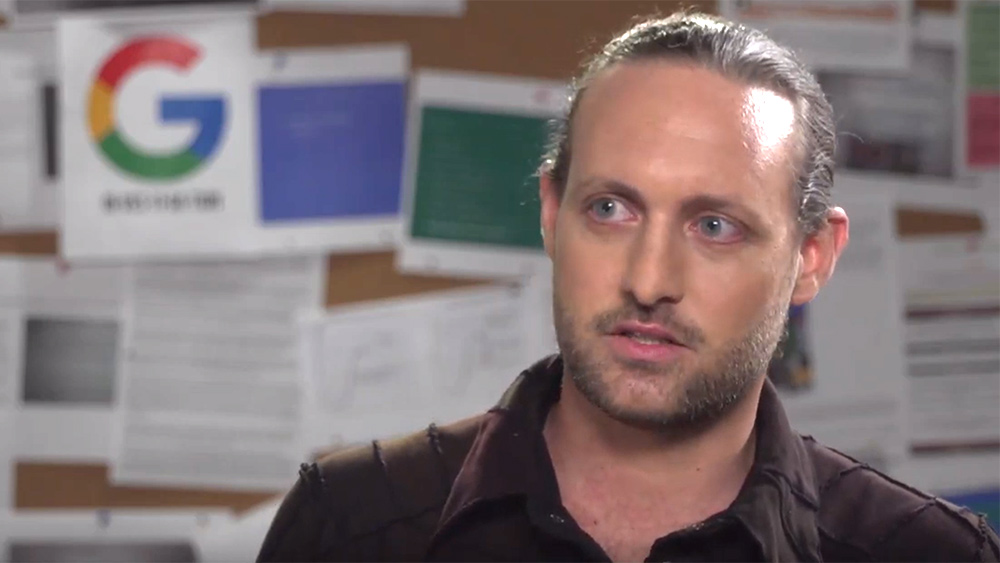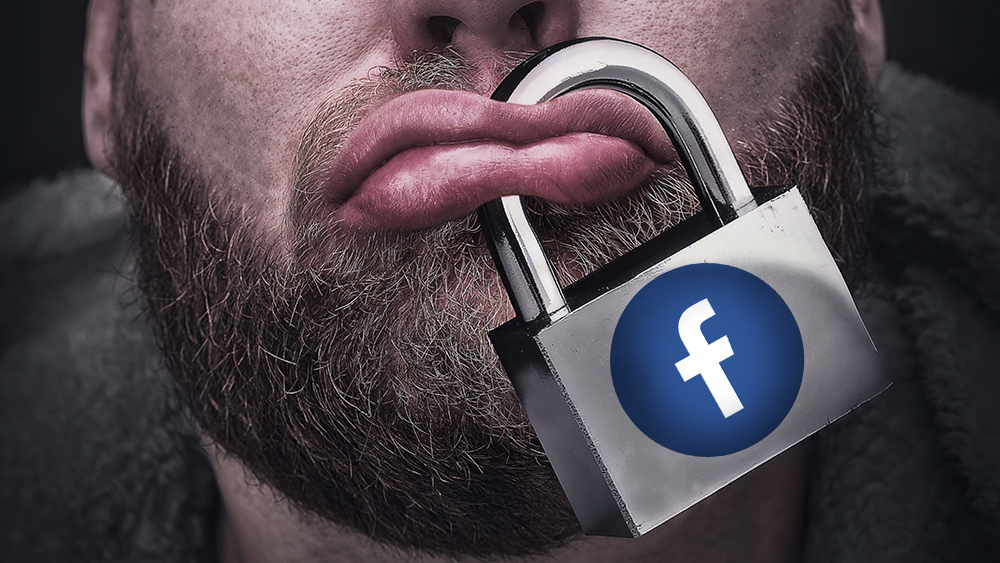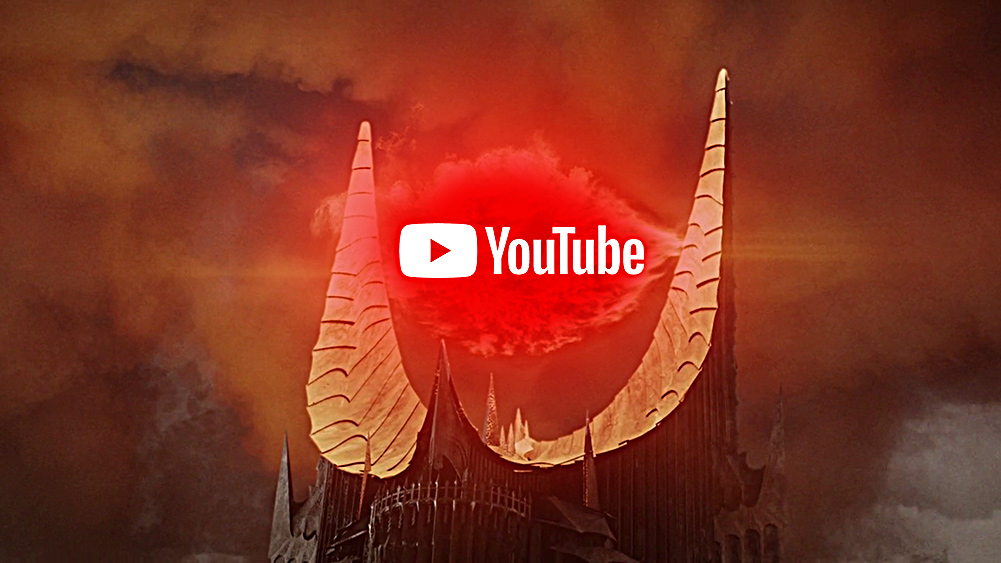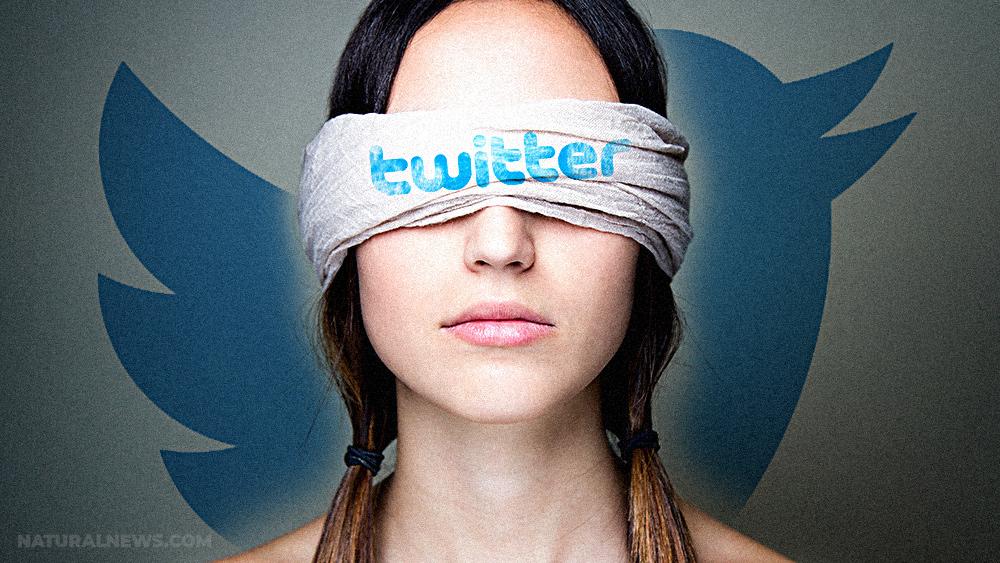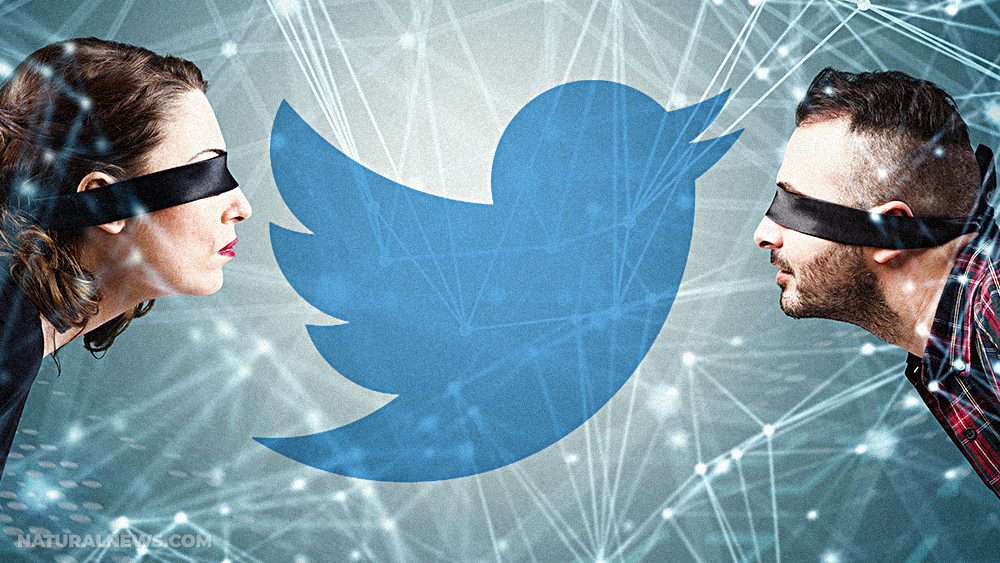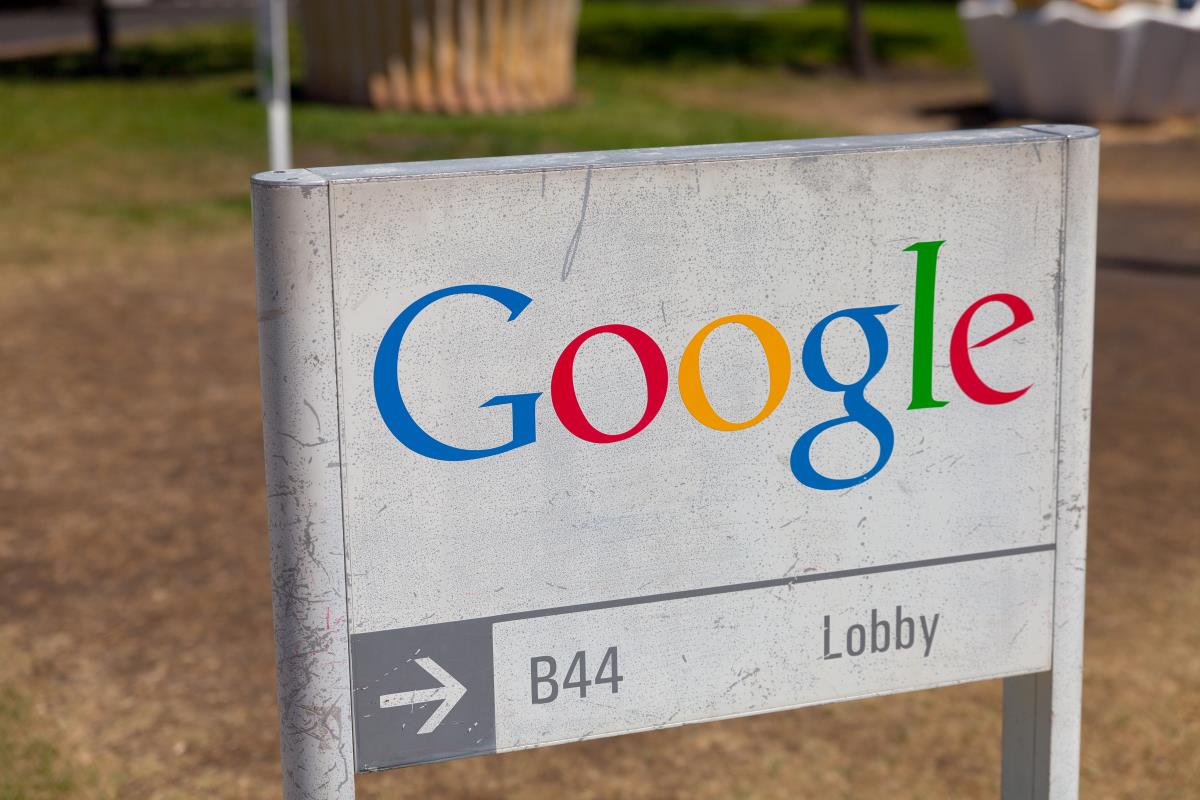Facebook is stalking you: Creepy new patent demonstrates the lengths they go to “connect people” – such as studying photos to compare smudge marks that would indicate they were taken by the same lens
01/19/2018 / By Russel Davis

A Facebook patent filed in 2015 was found to go such great lengths as scrutinizing minute details contained in an image in order to connect people. According to reports, the patent was designed to analyze a photo’s details — such as dust, scratches or lens marks — and compare it against photos uploaded by another user.
The patent was also purported to detect photos that appear to have been uploaded by a single user, such as completely separate images bearing nearly similar file names like IMG_5803921.jpg’ and ‘IMG_5803932.jpg’. Likewise, the patent was alleged to connect people who uploaded different photos that otherwise appear to have been taken from the same digital camera.
“A camera signature comprises features extracted from images that characterise the camera used for capturing the image, for example, faulty pixel positions in the camera and metadata available in files storing the images. Associations between users and cameras are inferred based on actions relating users with the cameras, for example, users uploading images, users being tagged in images captured with a camera, and the like,” Facebook officials said in a Daily Mail article.
“These associations are used beneficially for the social networking system, for example, for recommending potential connections to a user, recommending events and groups to users, identifying multiple user accounts created by the same user, detecting fraudulent accounts, and determining affinity between users,” the officials said.
The technology was slated to analyze the pictures and connect users through Facebook’s People You May Know (PYMK) feature. The social media giant noted that the patent is currently not in use, but also insinuated that it might be incorporated in the future.
Concerns of creepy patents rose after news broke out that Facebook was set to release its new home device called Portal this year. The technology was designed for communal use and include additional features such as wide-angle camera, microphone, and speakers boosted by artificial intelligence. Likewise, reports noted that Portal may access third-party streaming services like Spotify and Netflix.
Another patent builds shadow profiles to connect users
In yet another shady move, Facebook was found to create hidden and inaccessible “shadow profiles” through a patent that uses external feeds and third-party databases to analyze a user’s information. According to a Gizmodo report, the social media website was known to scan through various profiles for contact information and address books, and associate the information with an unrelated user’s profile. The data obtained were stored in a place where users can neither see nor delete them. (Related: Social media mind games: Psychologist reveals Facebook’s manipulation tactics to keep you hooked (and what you can do about it).)
“To more accurately identify users, the social networking system stores contact entries received from an importing user and associates a stored contact entry with a user profile including information matching information in the contact entry. Subsequently received contact entries are compared to user profiles and stored contact entries associated with the user profile to identify matching information,” the officials said.
Another patent that Facebook has not yet released was the ability to sort out and rank friend suggestion based on hometown or number of mutual friends or their interests. However, it did release a feature designed to identify potential relatives and tag them as suggested friends.
Sources include:
Tagged Under: artificial intelligence, cyber security, data safety, Facebook, Glitch, patents, privacy, Social media, surveillance, techno tyranny
RECENT NEWS & ARTICLES
COPYRIGHT © 2017 GLITCH.NEWS
All content posted on this site is protected under Free Speech. Glitch.news is not responsible for content written by contributing authors. The information on this site is provided for educational and entertainment purposes only. It is not intended as a substitute for professional advice of any kind. Glitch.news assumes no responsibility for the use or misuse of this material. All trademarks, registered trademarks and service marks mentioned on this site are the property of their respective owners.








